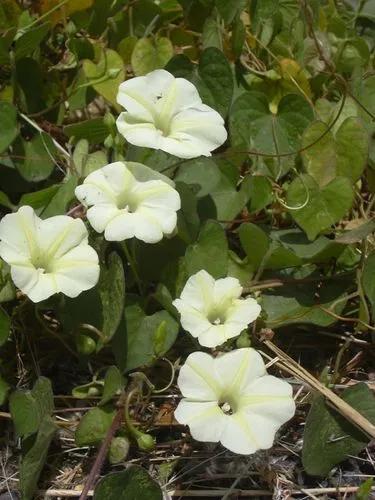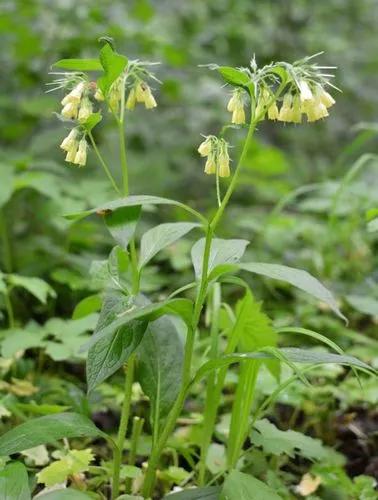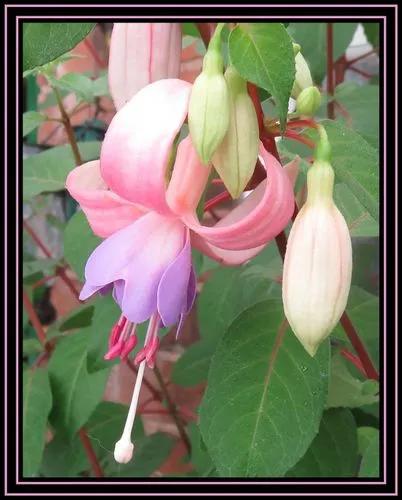Sweet-scented, lilac, stunning, easy-to-grow, and low-maintenance — you can’t make a mistake when bringing Korean lilac to your garden.
Korean lilac Care
Syringa meyeri



Syringa meyeri, known as Meyer lilac or Korean lilac, is a deciduous shrub of medium size that produces tiny purple blooms. Its leaves have a velvety texture and are bright green. Korean lilacs boast a rounder shape than other lilac varieties and make a splendid floral display when totally covered in blooms.
How to Care for the Plant

Water

Since Korean lilacs are quite drought-resistant, watering them once in two weeks should suffice. If the weather is extremely dry, water your plants once or twice a week. If the shrub is in a container, regular watering is key.

Pruning

You may prune Korean lilacs in late spring or early summer. The most important point is not to trim branches that grew the year before because they will produce more blooms. Damaged branches should be removed, while healthy branches should be cut back no more than one-third of their overall length.

Fertilizer

Korean lilacs only need a slow-release fertilizer a couple of weeks after being planted. Other than that, no additional nutrients are needed.

Sunlight

Full sun is perfect for Korean lilac in zones 3-7 as it stimulates its blooms. It will benefit from afternoon shade if grown in hotter climates; prefer full sun when planted in zones 3–7.

Soil

Well-draining soil is a must for Korean lilacs, whereas the pH level should be average.

Propagation

Korean lilac can be propagated with cuttings or planted from seed. The best time for planting is either late fall or, even better, early spring, when there is no frost. If you want to propagate Korean lilac through cuttings, cut 4-6 inches (10-15cm) of new growth and remove all the leaves except for two or three at the top. Roots will grow from the nodes

Temperature

This plant grows well in USDA Hardiness zones 3-7. If grown in another zone, it will require either shade and more water or overwintering.

Container

If you decide to grow Korean lilacs in a pot, you should opt for a dwarf variety called ‘Palibin’. It grows well if the container is large and has drainage holes and a pot saucer.

Fun fact

Syringa meyeri blooms twice a year — in late spring and late summer. Its blooming period lasts for about two weeks.

Popularity

193 people already have this plant 43 people have added this plant to their wishlists
Discover more plants with the list below
Popular articles






